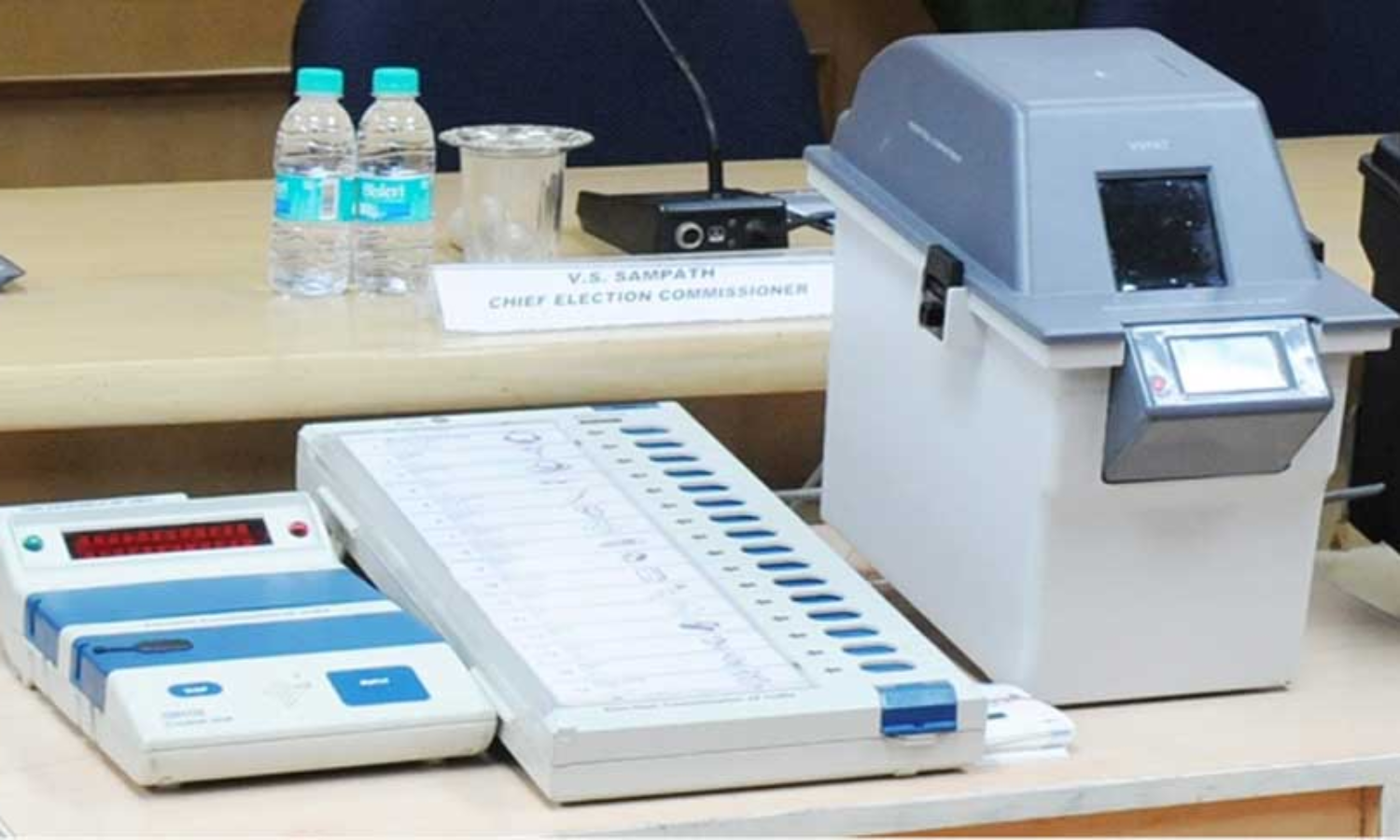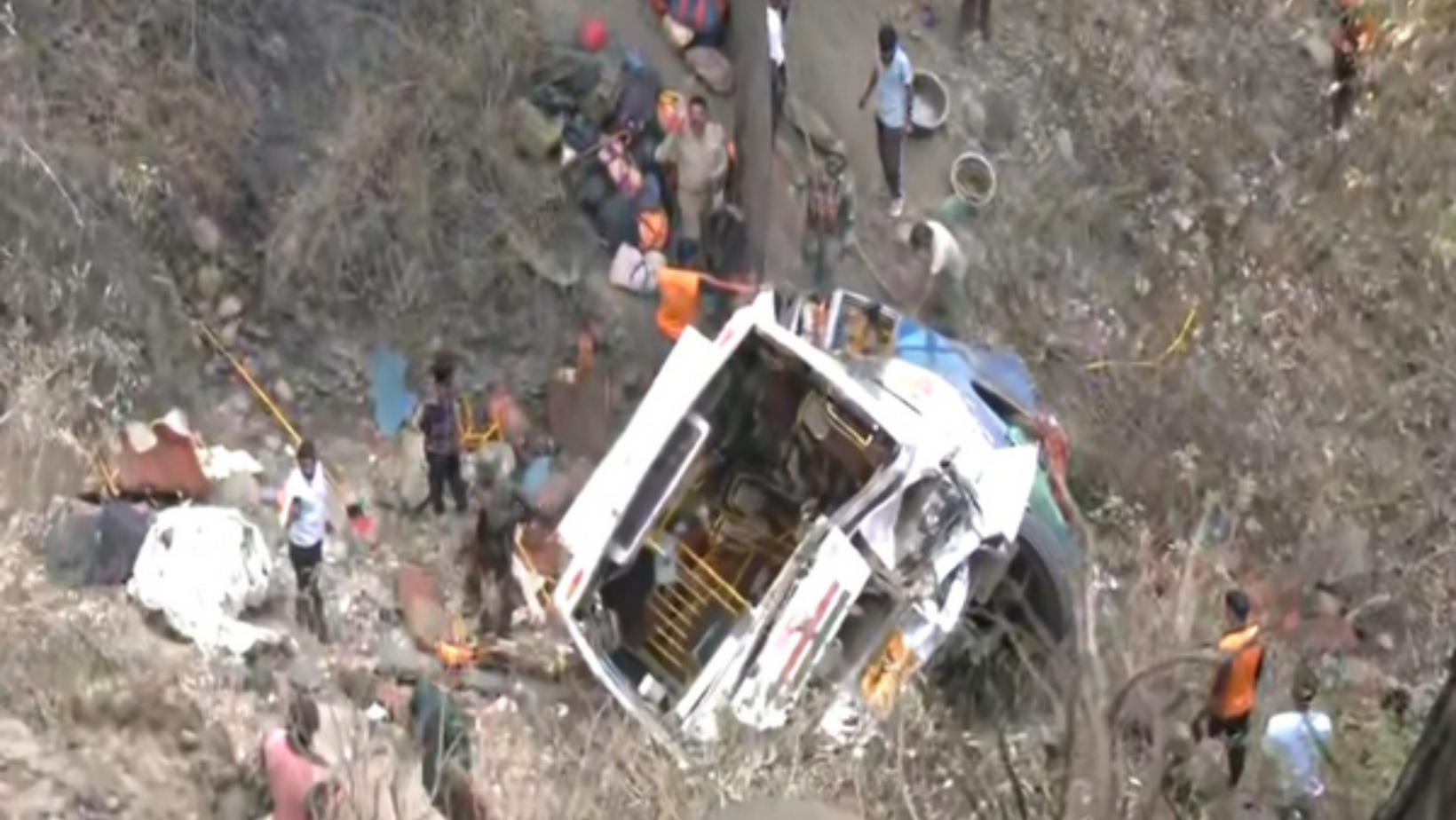Critics of Electronic Voting Machines (EVMs) in Indian elections remain skeptical despite the introduction of the Voter Verifiable Paper Audit Trail (VVPAT) system. While VVPAT aims to enhance transparency by providing a paper trail of votes, some advocate for further measures, including maintaining a machine audit trail of all commands executed, to mitigate concerns over potential tampering.
The debate intensifies as political parties like the Congress call for a 100% recount of all VVPATs, challenging the current sampling method. The Supreme Court of India has listed petitions related to this demand, reflecting the gravity of the issue.
However, proponents of EVMs highlight the absence of concrete evidence of tampering or hacking. Glitches in EVMs have been promptly addressed, and sample counting of VVPATs during elections has revealed minimal discrepancies between electronic and paper tallies, often attributed to procedural errors.
Suggestions to improve transparency include increasing the sample size for VVPAT recounts, tailored to the size of each State or Union Territory, or focusing on seats with narrow victory margins. Yet, calls for a full recount are viewed by some as excessive and indicative of a broader distrust in the EVM system.
As the discourse unfolds, finding a balance between ensuring electoral integrity and maintaining voter confidence remains paramount. Efforts to enhance transparency must be weighed against the logistical challenges and the need for evidence-based decision-making in safeguarding the electoral process.






